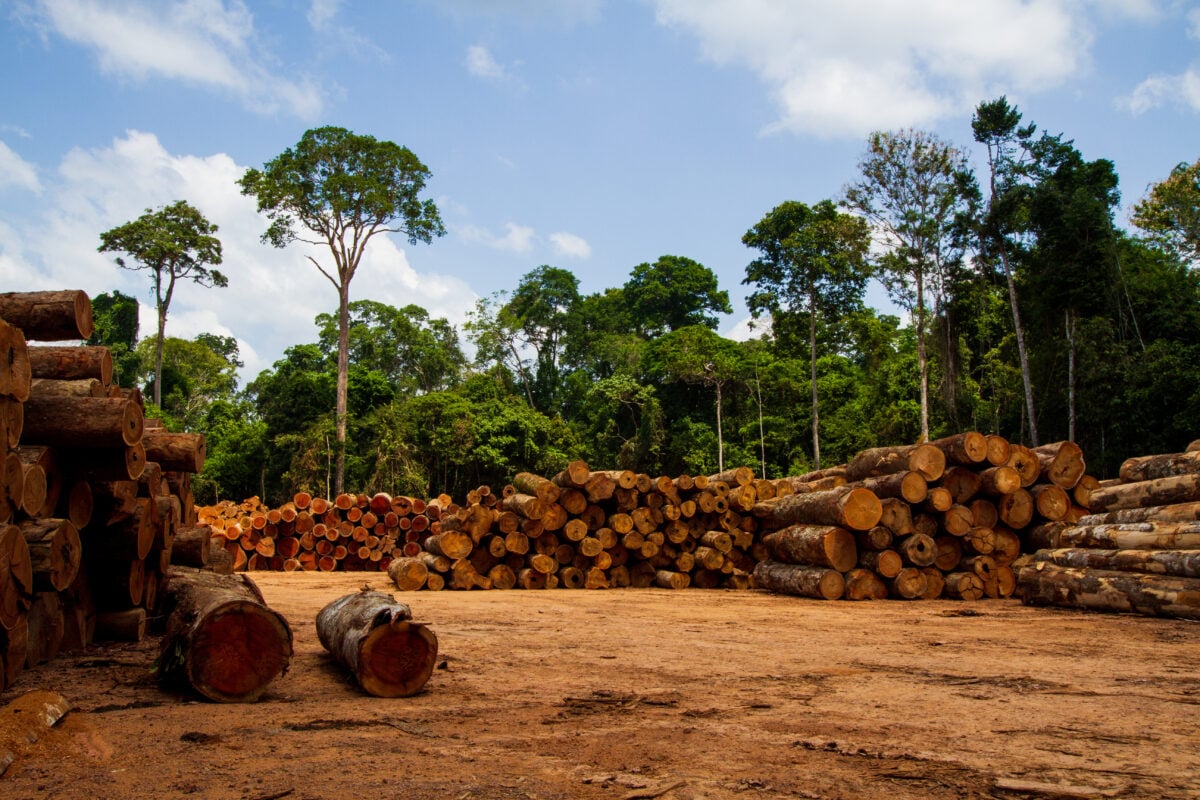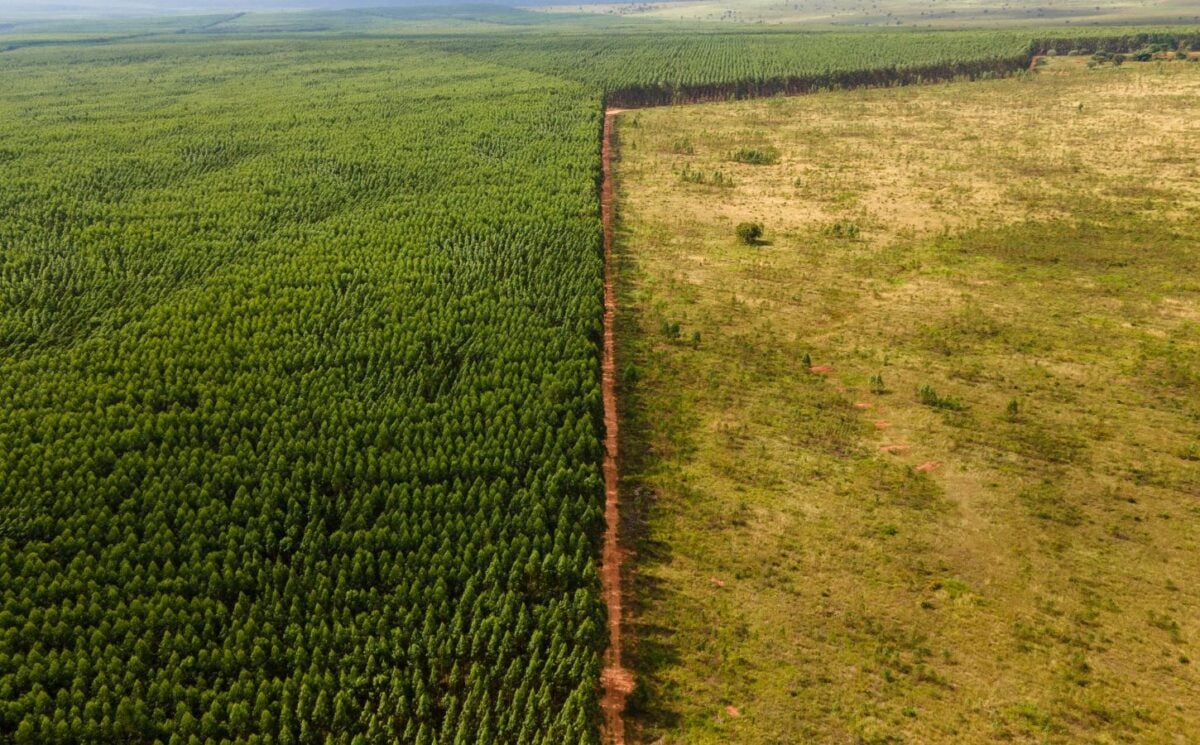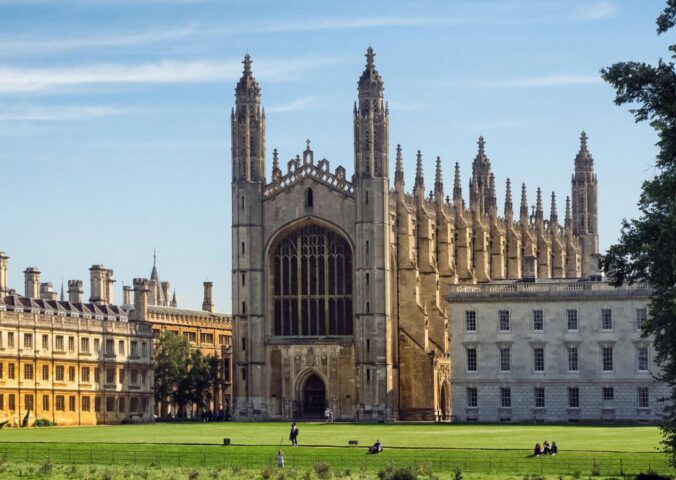A recent report suggests that further degradation of the Amazon biome could turn one of the world’s most important carbon sinks into a permanent source of emissions.
Read more: Summer 2024 Was The Hottest On Record
Key Cases of Carbon Loss & Gain is the latest in a series produced by MAAP (Monitoring of the Andean Amazon Basin Project). It finds that the Amazon region has still technically functioned as a carbon sink over the last decade, but only marginally.
This marginal gain is “reinforcing concerns” that the Amazon biome could reach a tipping point and become a permanent carbon source. The report also estimates carbon lost throughout the region via deforestation for agriculture, gold mining, and roads.
The report also estimates carbon gain, with healthy regions frequently “anchored” by adjoining and forest-heavy national parks, protected areas, and indigenous territories.
The new report is just one of the many scientific documents highlighting the potential of a permanent conversion of the Amazon from a biodiverse rainforest into a drier ecosystem. Intense dry seasons and forest fires, such as those experienced in 2024, make this more likely, as do human-caused fires, logging, and other deforestation.
Read more: Brazilian Judge Fines Slaughterhouses And Ranchers For Illegal Amazon Deforestation
The Amazon region is ‘teetering’ between carbon sink and source

A 2023 study directly linked ongoing deforestation to reduced rainfall over the Amazon, while another from the start of this year cited “warming temperatures, extreme droughts, deforestation, and fires” as contributors to “unprecedented stress” on the region.
The new MAAP report also highlighted how the Amazon biome released more carbon than it sequestered from 2015 to 2016, and again from 2017 to 2018, likely reflecting the severe droughts and forest fire seasons of those years. The south-eastern region has experienced the most intensive deforestation so far and is already
“The Amazon is teetering between sink and source. But at some point, with continued degradation, it could flip entirely to a permanent carbon source,” nonprofit Amazon Conservation’s Matt Finer, who led the research, told New Scientist.
Animal agriculture is the biggest driver of Amazon destruction, responsible for around 91 percent of deforestation in the area since 1970.
Read more: Wildlife Populations Have Plunged 73% In 50 Years






